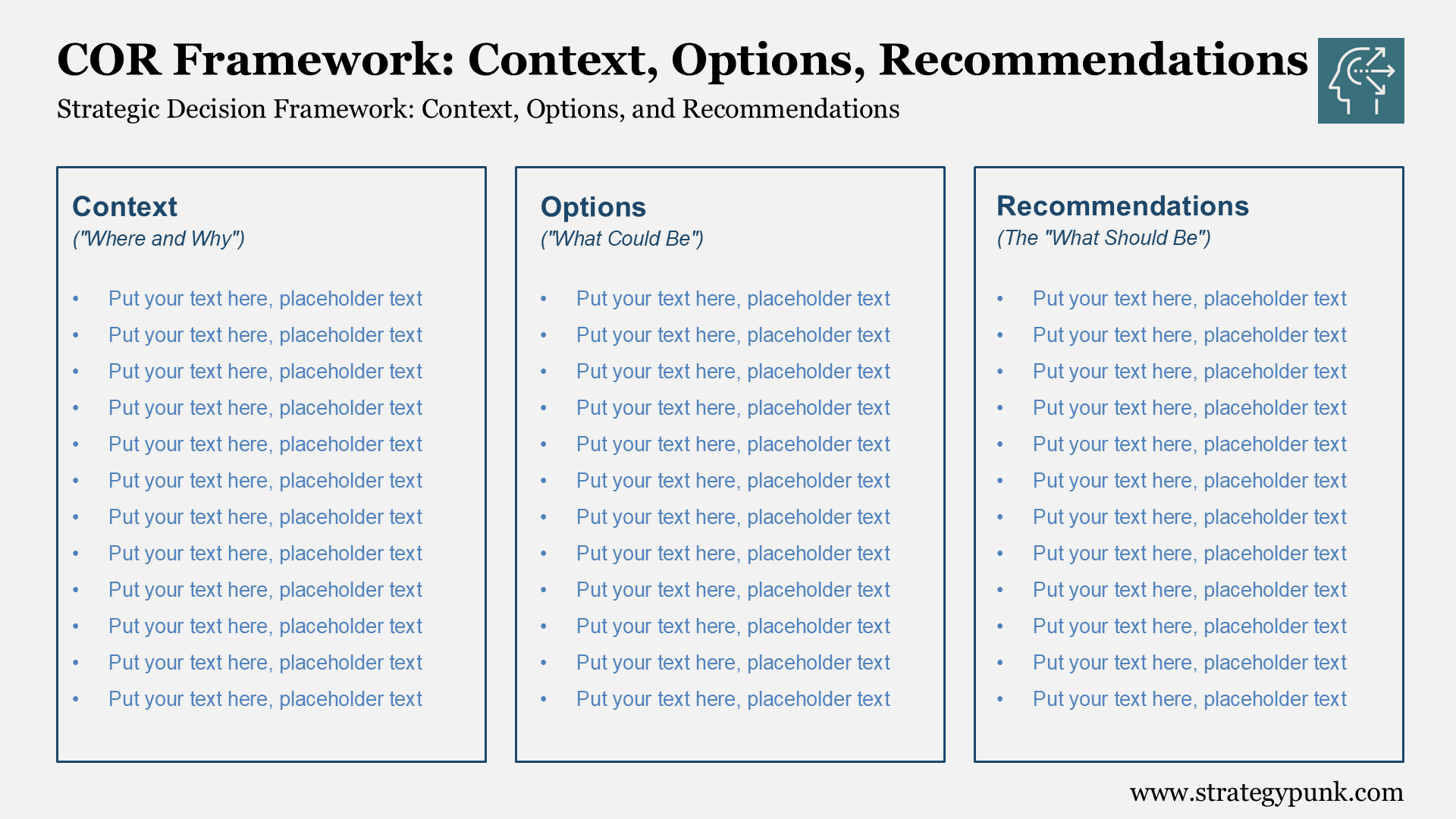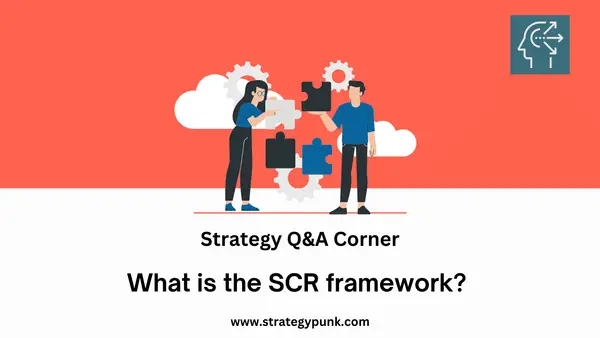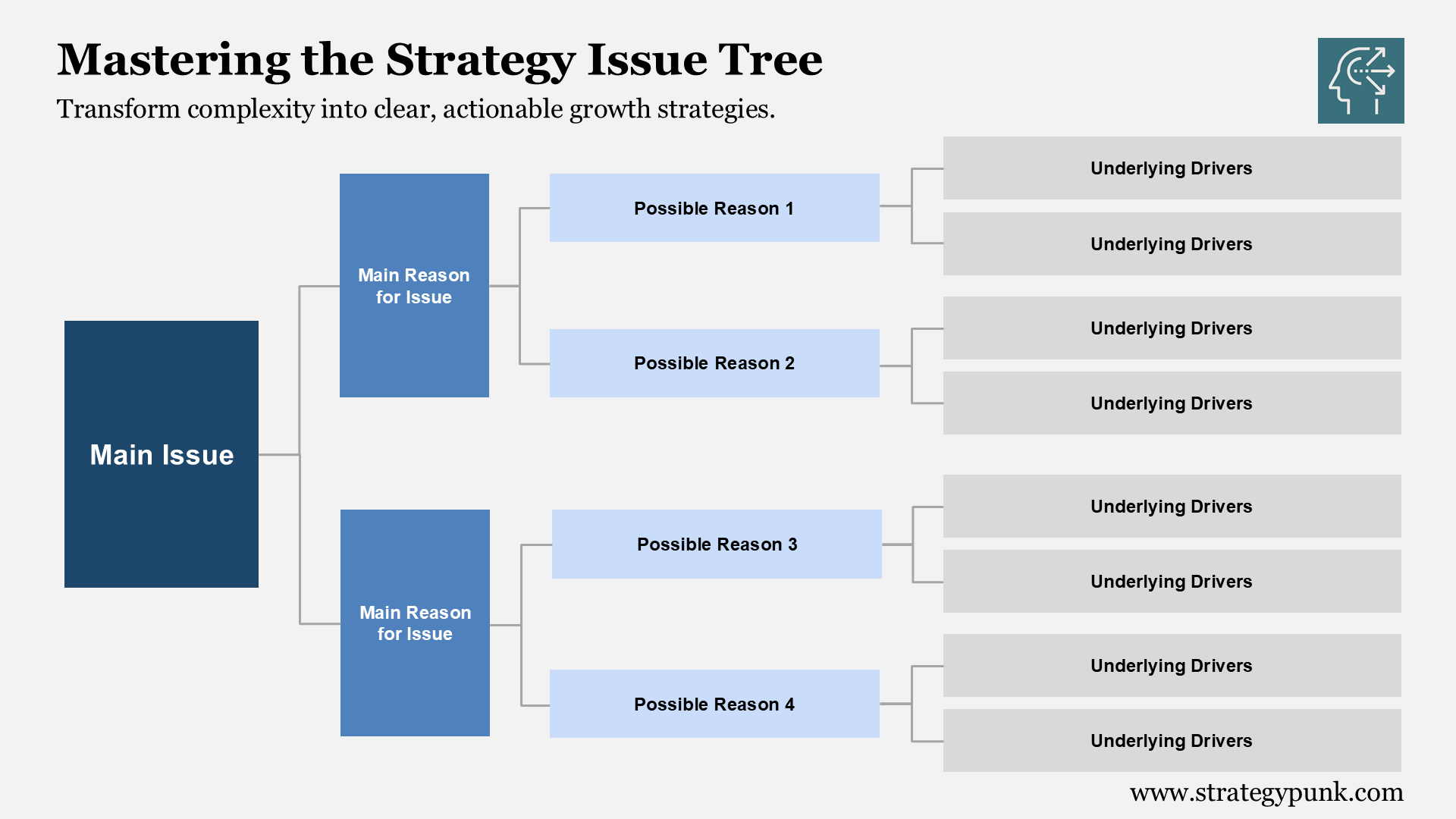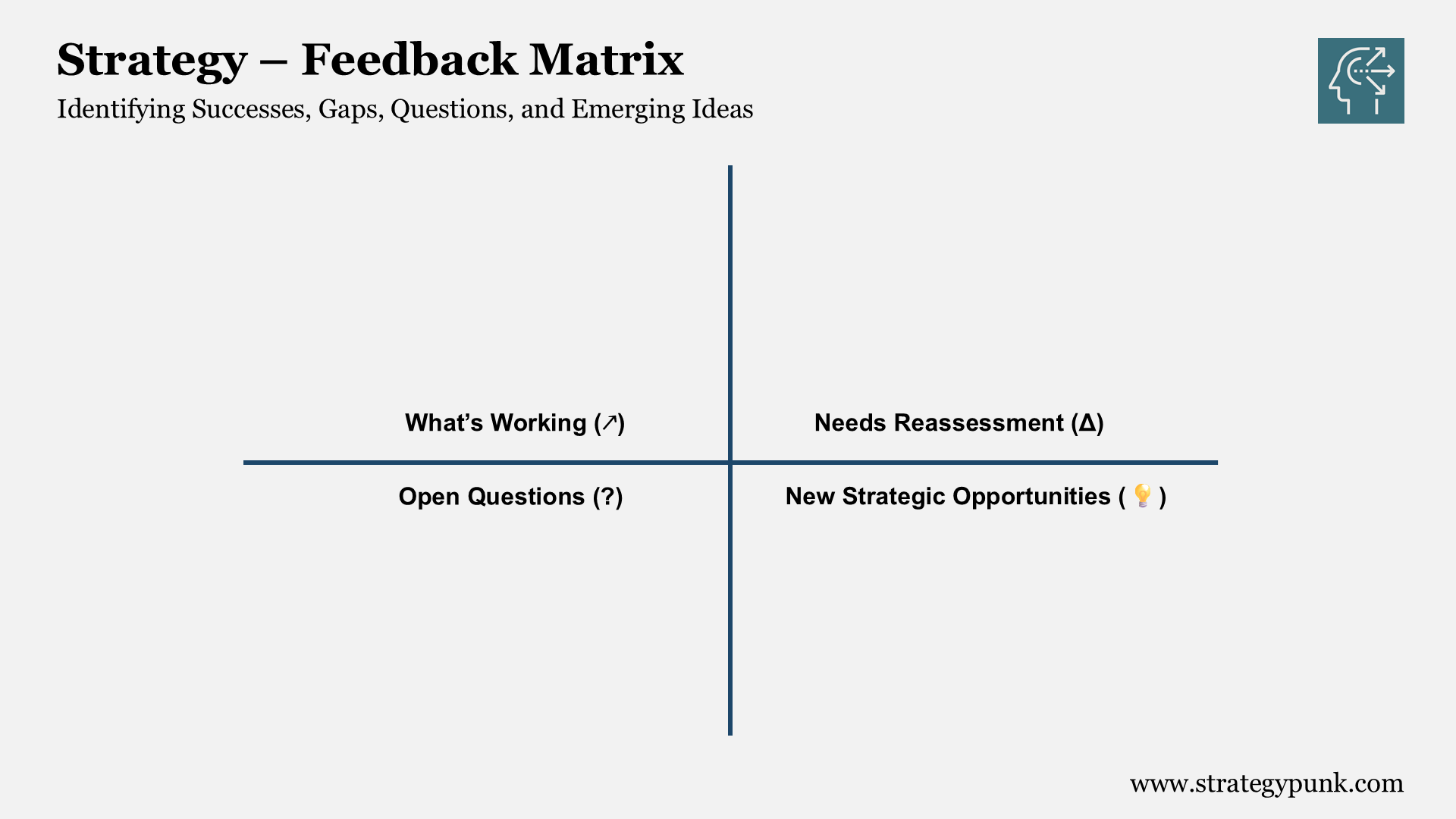Mastering 5 Key Go-to-Market Strategies for Exceptional Business Growth
Unlock rapid growth with 5 powerful strategies! Click to reveal the secrets successful businesses don't want you to know and download our free PDF template.

Mastering the go-to-market strategy is essential for any business to achieve long-term growth and success. However, it can be challenging to know which strategies to prioritize or how to implement them effectively. To help companies navigate this process, this article will explore five critical go-to-market strategies that are proven to drive exceptional business growth.
Introduction
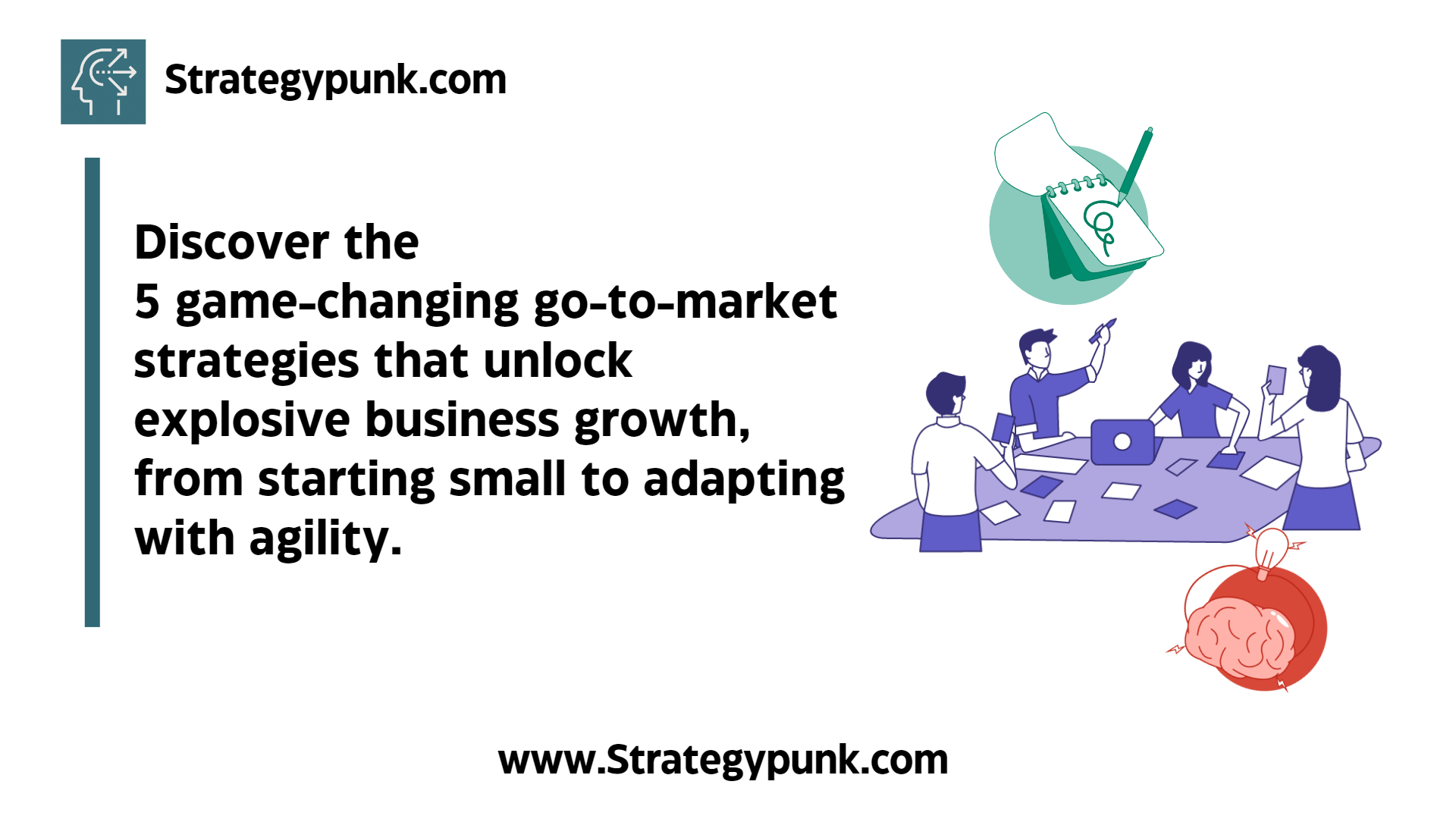
First and foremost, it's essential to start with small markets. This allows businesses to test their strategies and refine their approach before scaling. Another essential strategy is to listen to your customers. By understanding their needs and preferences, companies can tailor their offerings and marketing efforts to meet those needs better and build strong, lasting customer relationships.
Other key strategies include focusing on customer satisfaction rather than peer recognition, embracing parallel processes to increase efficiency, and being present and adaptable in changing market conditions.
Master the art of exceptional business growth with these five proven go-to-market strategies, from tapping into small markets to staying present and adaptable in an ever-changing landscape.
Start with Small Markets
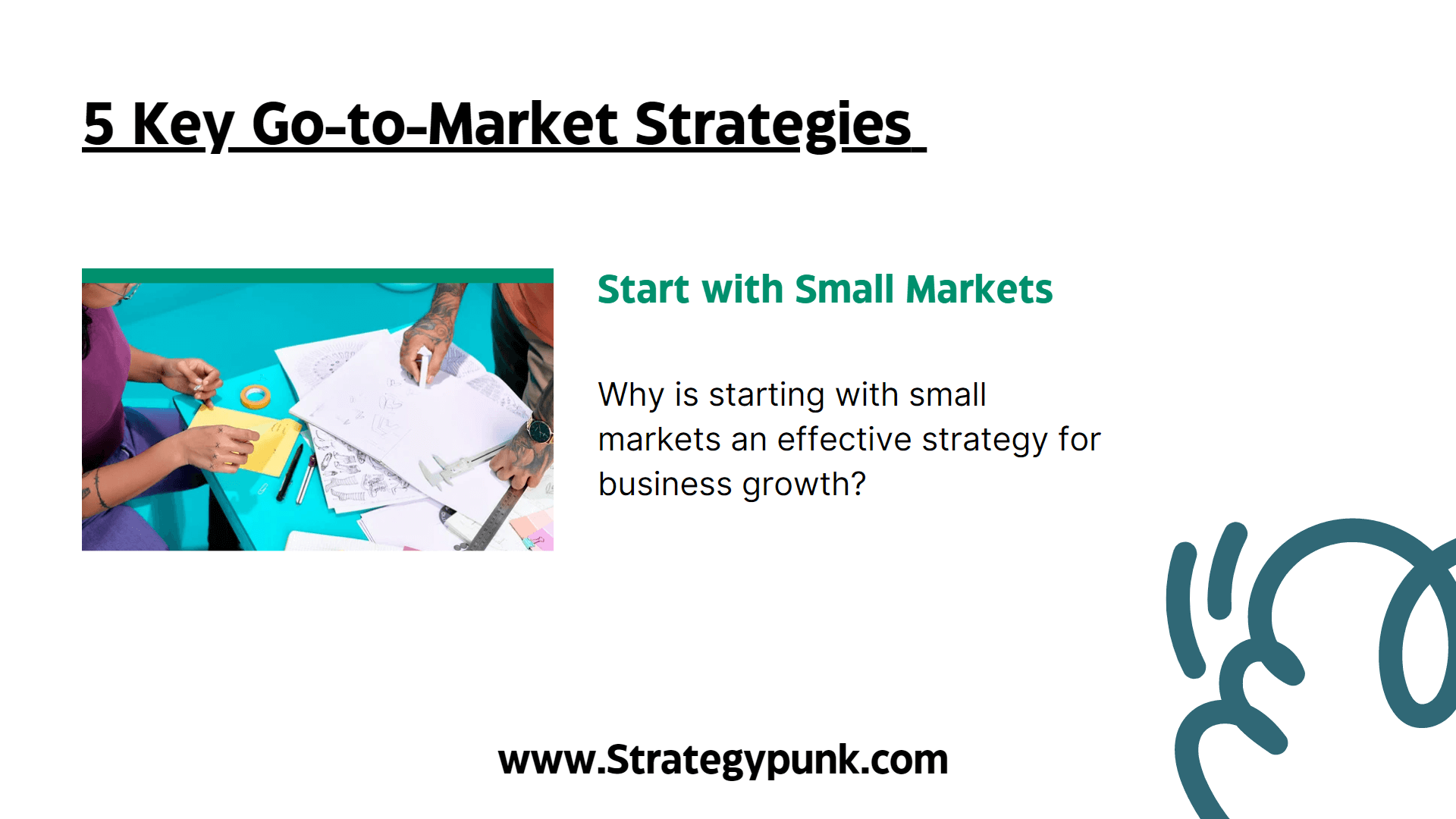
Going big immediately is often tempting when launching a new product or service. However, starting with small markets can be a much more effective strategy. By focusing on a smaller market, businesses can gain valuable insights into their customer's needs and preferences without risking too much.
Starting with a small market also allows businesses to refine their product or service before scaling up. This can help them avoid costly mistakes and ensure they deliver the best possible experience to their customers.
Another advantage of starting with small markets is that it allows businesses to build loyal customers. Focusing on a smaller group of customers will enable companies to provide a more personalized experience and build stronger relationships. This can lead to valuable word-of-mouth marketing and help companies grow organically.
Starting with small markets can be a smart strategy for businesses looking to grow. By taking the time to understand their customers and refine their offerings, companies can set themselves up for long-term success.
Listen to Your Customers
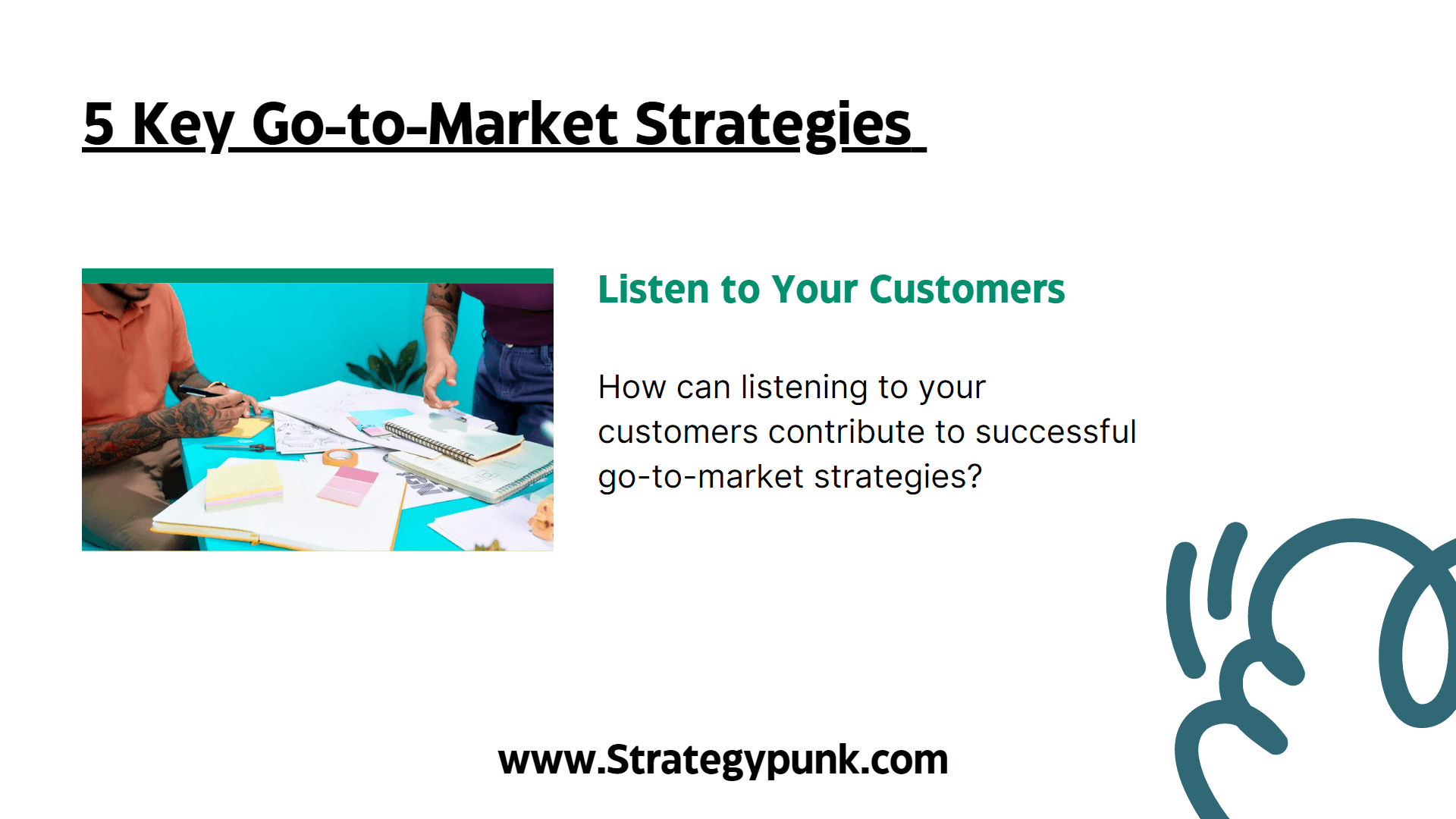
Listening to your customers is one of the keys to successful go-to-market strategies. Understanding their needs, preferences, and pain points allows you to tailor your products and services to meet their demands and expectations. This can help you build a loyal customer base and increase your revenue.
I want you to know that listening to your customers involves more than just responding to their complaints and feedback. It means actively seeking out their opinions and engaging with them to understand their experiences with your brand. This can be done through surveys, focus groups, social media, and other channels.
When gathering customer feedback, being open-minded and receptive to criticism is essential. Don't dismiss negative feedback or make excuses for poor performance. Instead, use it to improve your products and services and show your customers that you value their input.
Listening to your customers can also help you identify new opportunities for growth and innovation. They may have ideas for new products or services that you still need to consider, or they may point out gaps in the market that you can fill with your offerings.
Listening to your customers is crucial to any successful go-to-market strategy. By understanding their needs and preferences, you can tailor your products and services to meet their demands and build a loyal customer base.
Focus on Customer Satisfaction, Not Peer Recognition
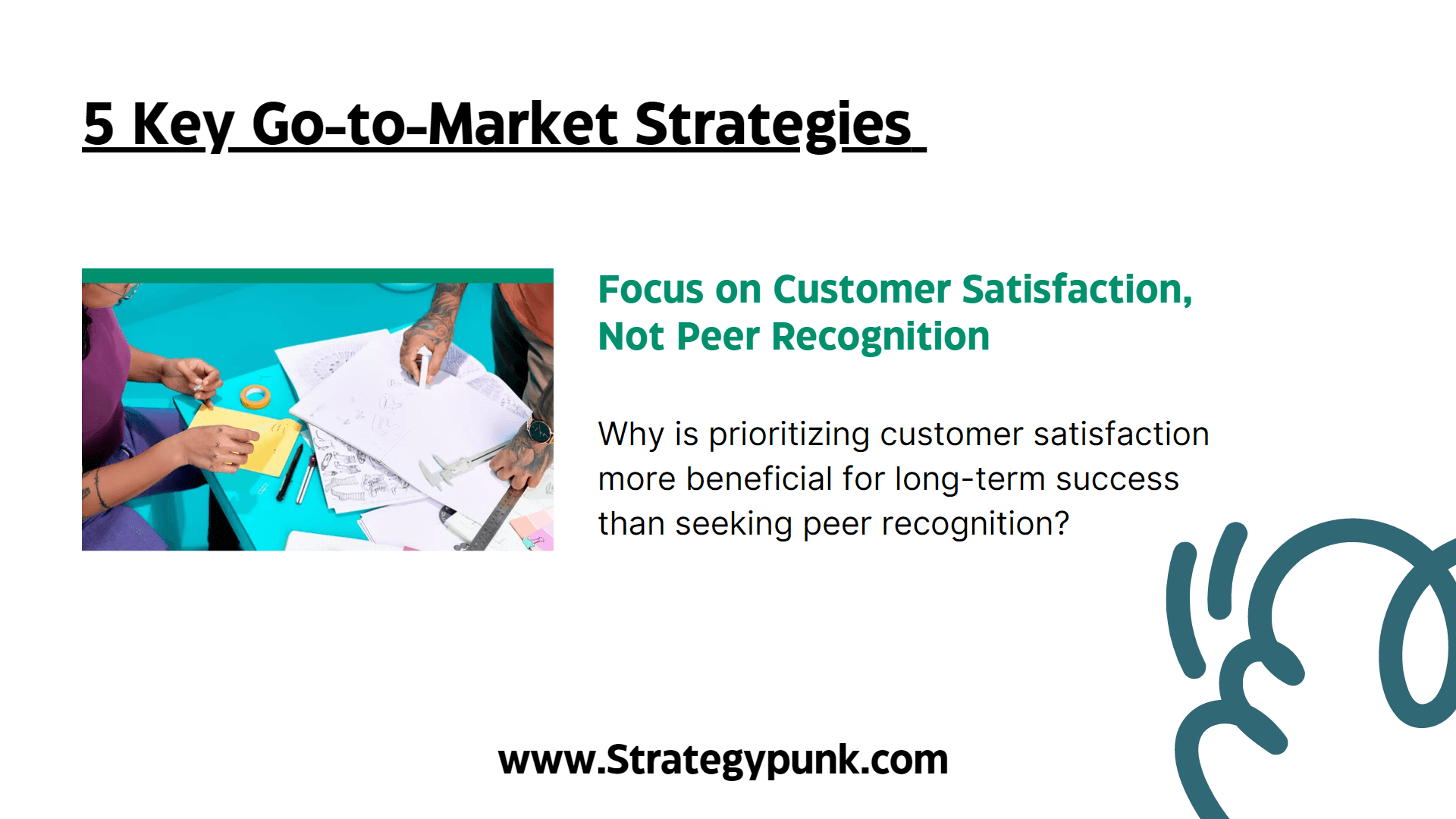
Focusing on peer recognition can be tempting, but it can also be a trap that leads businesses to prioritize their egos over their customers' satisfaction. Instead, companies should prioritize customer satisfaction above all else. Doing so can build a loyal customer base that will return to their business and recommend it to others.
One way to prioritize customer satisfaction is to actively listen to their feedback. This can be done through surveys, monitoring social media, or asking for in-person feedback. By understanding their customers' needs and preferences, businesses can tailor their products and services to meet those needs and exceed their expectations. Another way to focus on customer satisfaction is to provide exceptional customer service. This includes resolving issues promptly and professionally and going above and beyond to make customers feel valued and appreciated.
By doing so, businesses can build strong customer relationships that will pay off in the long run. Finally, companies should deliver quality products and services that meet or exceed customers' expectations. This means investing in research and development, quality control, and continuous improvement.
Businesses can earn customers' trust and loyalty by delivering exceptional products and services. In conclusion, companies focusing on customer satisfaction rather than peer recognition are more likely to achieve unprecedented growth and success. By actively listening to their customers, providing excellent customer service, and delivering quality products and services, businesses can build a loyal customer base that will help them grow and thrive in the long run.
Embrace Parallel Processes
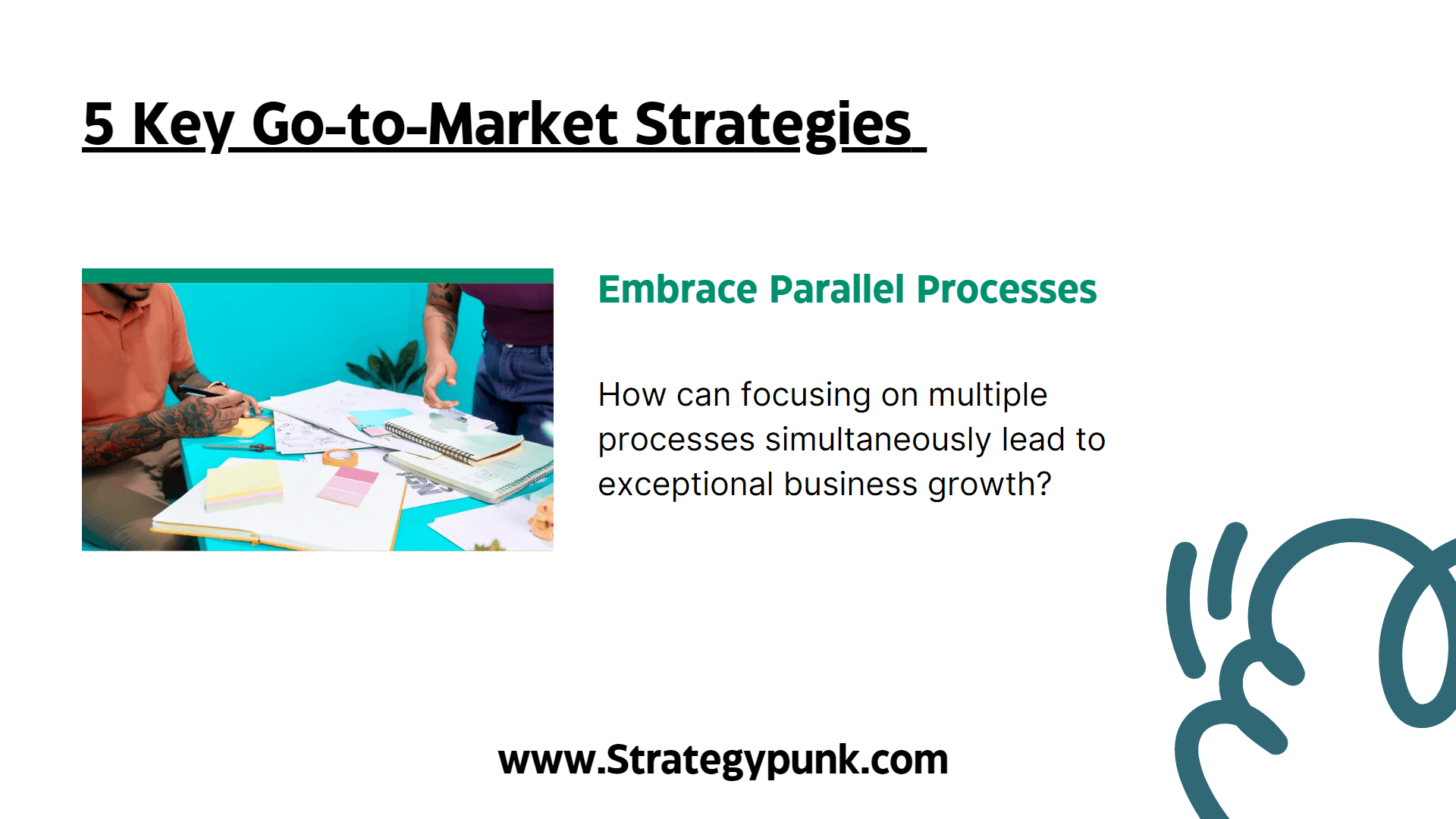
One of the most effective ways to achieve exceptional business growth is to embrace parallel processes. This means a business should focus on multiple functions simultaneously rather than prioritizing one method. By doing so, a company can ensure its progress on all fronts rather than putting all its eggs in one basket.
For example, a company might focus on improving its product while also working to expand its customer base. The company would work on both simultaneously rather than waiting for one process to be completed before starting the next. This approach can help ensure the company is well-rounded and prepared for growth.
Embracing parallel processes also means being willing to pivot when necessary. If a strategy does not yield the desired results, a business should be ready to adjust its approach and try something new. This flexibility can be a critical factor in achieving exceptional growth.
Of course, embracing parallel processes can be challenging. It requires a company to be organized, efficient, and capable of handling multiple tasks simultaneously. However, the benefits can be significant. By focusing on various processes simultaneously, a business can increase its chances of success and position itself for long-term growth.
Be Present and Adaptable
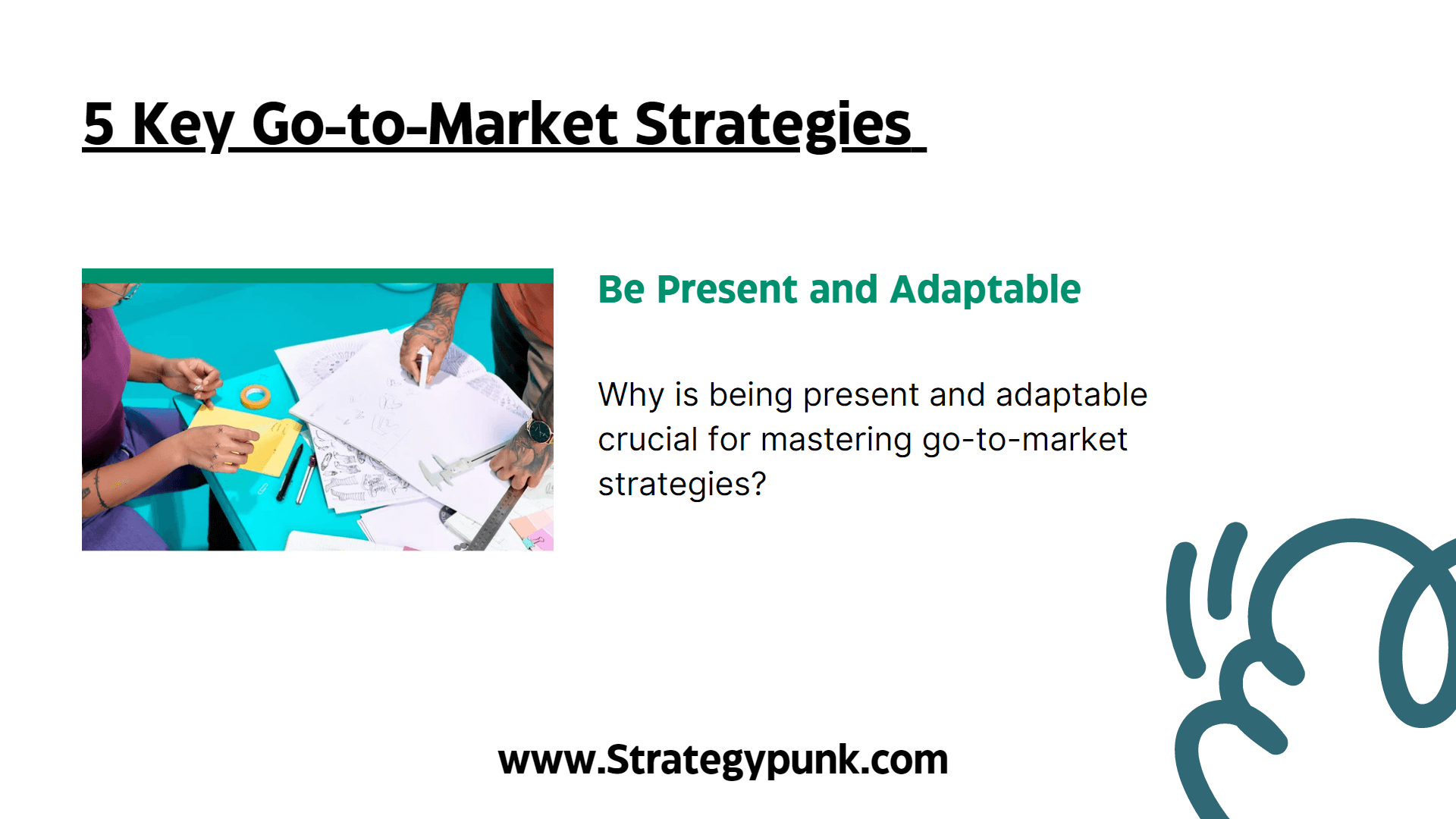
Being present and adaptable is one of the most essential aspects of mastering go-to-market strategies. This means adapting to changing market conditions, customer needs, and emerging trends. It also means being present at the moment and fully engaged with your customers and team.
Being present and adaptable requires a willingness to learn and grow. It means being open to new ideas and approaches and pivoting when necessary. It also means being proactive and taking the initiative to anticipate changes before they happen.
One way to be present and adaptable is to stay up-to-date with industry news and trends. This can be done by attending conferences, reading industry publications, and networking with other professionals in your field. You can proactively identify emerging trends and adapt your strategies by staying informed.
Anothercriticaly aspect of being present and adaptable is having a customer-centric mindset. This means putting your customers' needs first and foremost and being willing tchangeto your strategies based on their feedback. Listening to your customers and responding to their needs can build stronger relationships and create a more loyal customer base.
Being present and adaptable is essential for any business looking to master go-to-market strategies. By staying informed, being proactive, and putting your customers first, you can create a strong foundation for exceptional business growth.
Wrapping Up Summary
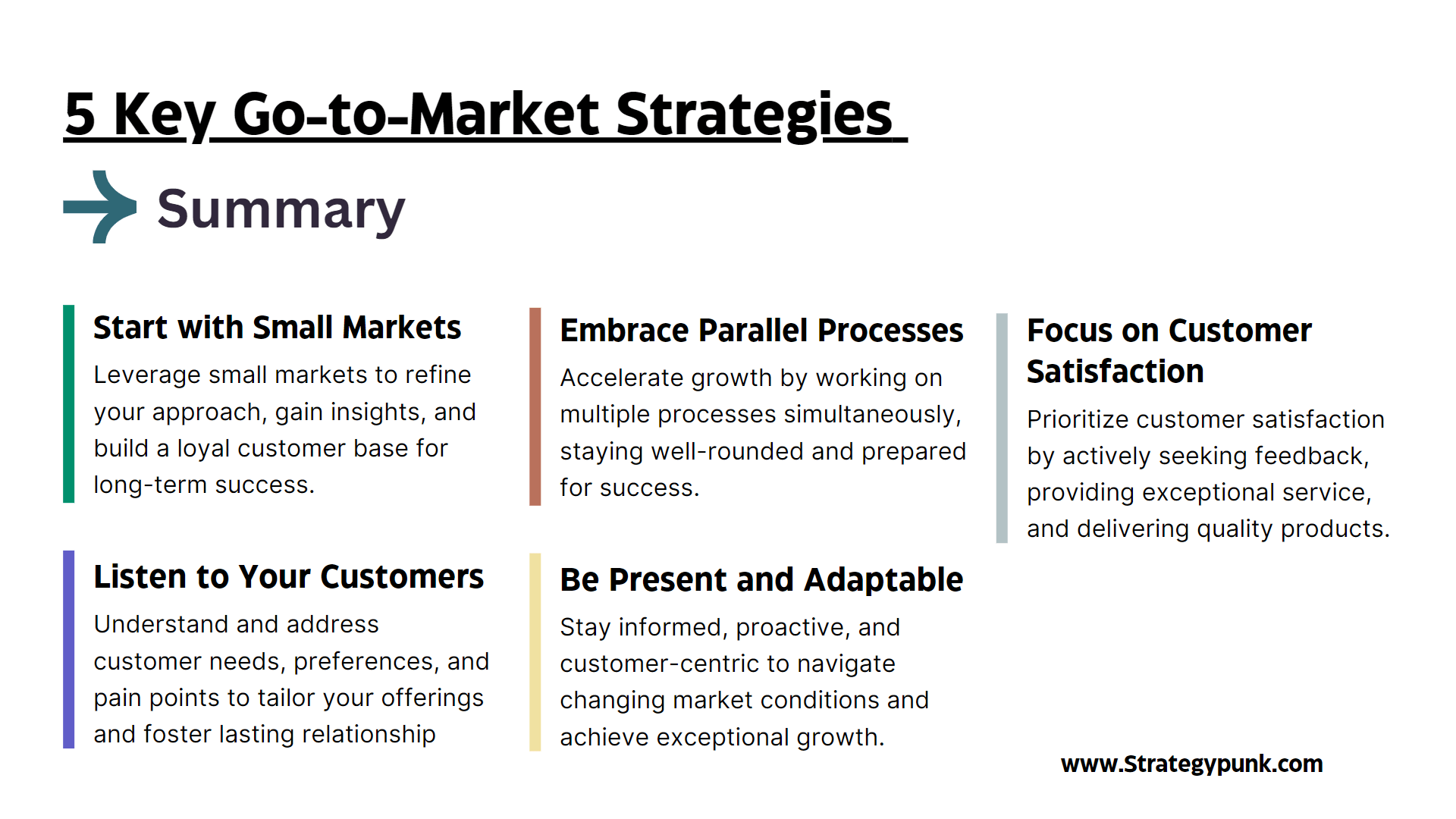
Start with Small Markets:
Leverage small markets to refine your approach, gain insights, and build a loyal customer base for long-term success.
Listen to Your Customers
Understand and address customer needs, preferences, and pain points to tailor your offerings and foster lasting relationships.
Focus on Customer Satisfaction, Not Peer Recognition
Prioritize customer satisfaction by seeking feedback, providing exceptional service, and delivering quality products.
Embrace Parallel Processes
Accelerate growth by working on multiple processes simultaneously, staying well-rounded and prepared for success.
Be Present and Adaptable
Stay informed, proactive, and customer-centric to navigate changing market conditions and achieve exceptional growth.
Other Useful Template: Introducing Our Must-Have Mastering Your Go-To-Market Strategy PowerPoint Template
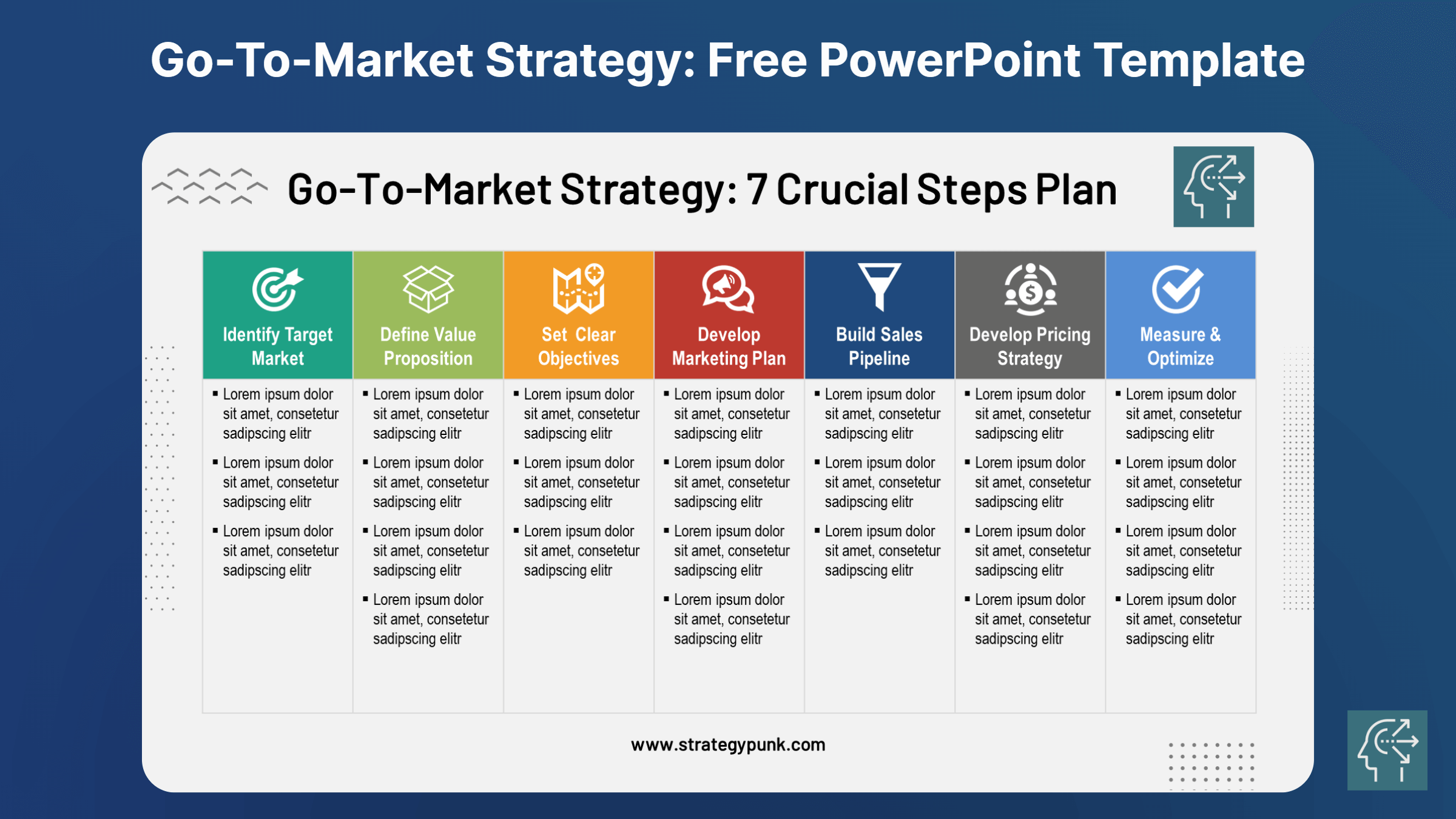
5 Key Go-to-Market Strategies Template
FREE PDF Template
Elevate your business growth with our FREE 📄 PDF template that unveils industry experts' most effective go-to-market strategies.
Seize this valuable opportunity to enhance your business prospects – download now! 🚀✨
5 Key Go-to-Market Strategies PDF Template
Navigate this process, this article will explore five critical go-to-market strategies



